This is big news on the hydrogen fuel cell front, and not just because a very popular mainstream global model can now be had in FCEV form. The Honda CR-V e:FCEV – revealed yesterday at the 21st International Hydrogen & Fuel Cell Expo in Tokyo – is the first Japanese FCEV model with a plug-in charging function. This means that it can also take on power from home or public EV chargers, if there’s no hydrogen refuelling station available.
Honda says that without compromising the advantages of an FCEV – such as a long driving range and a short hydrogen refuelling time (around three minutes in this case) – the addition of a plug-in feature to charge the battery further enhances the convenience of FCEVs. Honda’s concept for the CR-V e:FCEV is ‘E-Life Generator’.
The CR-V e:FCEV is expected to offer more than 600 km of range on a full tank of hydrogen, with an additional battery-powered EV range of over 60 km on the WLTP cycle. It’s not that big of a backup at 10% of the hydrogen range, but it’s there to prevent one from being stranded. Also, 60 km might be enough for daily use – think school and grocery runs.
One can also use electricity from the CR-V e:FCEV. Commonly called V2L, Honda provides a dedicated power output connector that plugs into the vehicle’s normal charging port. This can provide power (max 1500W) for everyday and recreational activities as well as during power outages.
The CR-V is famed for its spaciousness and practicality, and the e:FCEV cabin is ‘as spacious as the CR-V base model’. As for cargo space, Honda took advantage of the protruding shape of the hydrogen tank to create a two-level cargo space using a flexible board, featuring a flat and large luggage space and an upper storage level for easy organisation of smaller items.
As for design, the sixth-generation CR-V gets a new face that’s unique to the e:FCEV. The size of the front grilles has been inverted – here, a slim grille connects the headlamps while the lower grille is the much larger one. At the back, there’s a gloss black bar above the license plate. Do you prefer this face or the one on the ICE CR-V? Inside, Honda uses bio-based synthetic leather for the seats.
The fuel cell system was co-developed by Honda and GM, and is produced by their joint venture company in Michigan, USA. The car will roll off Honda’s Performance Manufacturing Centre in Ohio and will be exported to Japan. Following the introduction in Japan, North American sales is scheduled to begin before the end of 2024.
Honda says that this is a much better fuel cell system than its previous effort in the 2019 Clarity Fuel Cell. Overall cost has been reduced by two-thirds through a reduction in the amount of platinum used and the number of cells, as well as the positive effects of scaling up production. Durability of the system has doubled, and low temperature resistance has increased significantly compared to the previous system, Honda says.
In addition, power unit components have been integrated to achieve a compact and lightweight power unit, which has also contributed to cost reduction and enhancement of passive safety performance by enabling use of the original engine mount of the ICE CR-V. Finally, compared to the Clarity Fuel Cell, vibration and noise have been significantly reduced.
If you don’t already know, Honda is a pioneer in FCEVs. R&D of hydrogen tech including FCEVs have gone on for more than 30 years at the firm. In 2002, the Honda FCX became the first FCEV in the world to receive certification from both the US Environmental Protection Agency (EPA) and the California Air Resources Board (CARB), and went on lease sales in Japan and the US. FCEV successors include the FCX Clarity in 2008 and the Clarity Fuel Cell in 2016.
Looking to sell your car? Sell it with Carro.

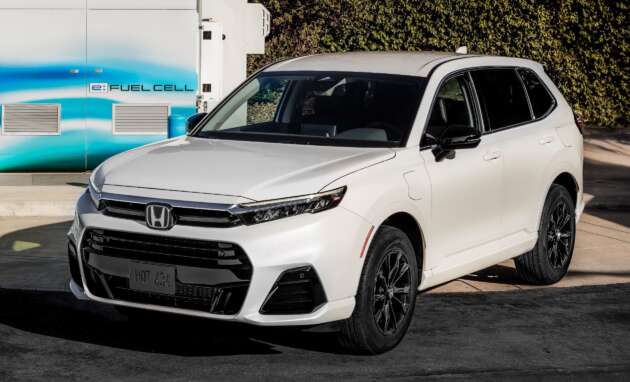
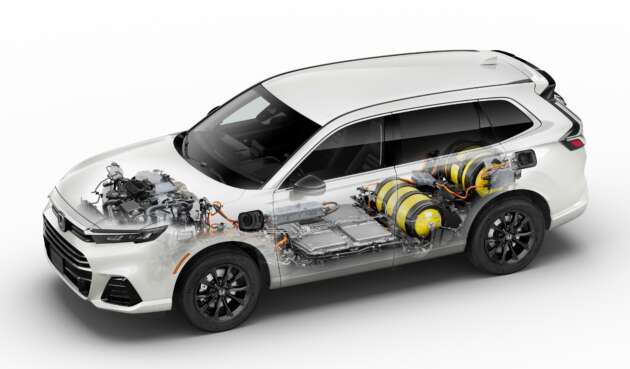
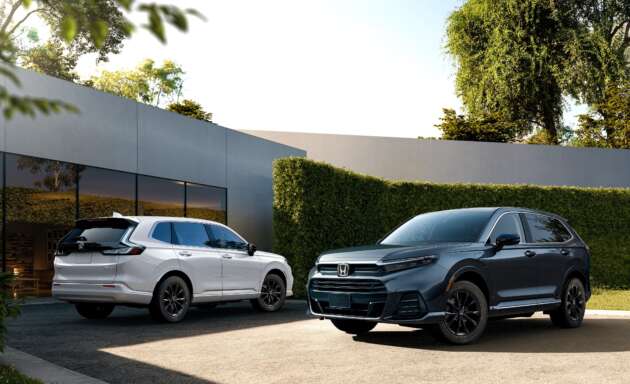
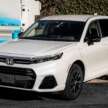
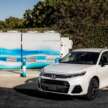
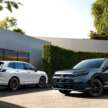
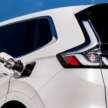
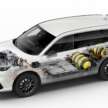



















Sorry but I see this as a desperate measure to try not to come up with a proper EV. Not interested in this abomination.
EV is not a viable business in the long run. Go suck it up
Honda actually made one of the best EVs I’ve ever driven. I got to test drive the Honda E when it was recon’d here by Westar Auto. Journalists panned it purely for the short range, but the rest of the car was brilliant. Beautiful suspension, tight handling, extremely high interior build quality, superb styling. Such a shame Honda didn’t build on that idea.
How much time will it takes to fill liquified hydrogen into this car full tank?
It says in the article that it takes about 3 mins to fill up. Once more petrol stations starts offering hydrogen refueling, then it is a viable option compared to the current EV charging.
It’s like when everyone is moving towards Android and Nokia is still trying to push Symbian.
Not correct, when Apple launched the iPhone, the mistake Nokia made was not pushing the Symbian update.
Fuel Cell technology have been in use for quite awhile but not as energy source for automotive though. When zero emissions idea came about, the first viable proposition is fuel cell ev. Not onlyb honda-gm pursue fcev but Toyota, Chrysler too pursue this path. It is Tesla that successfully bring about BEV into mass market.. the roadster using lotus chassis. This springs a new avenue towards zero emissions.
My question is, do BEV hv lower carbon footprint than FCEV ? I think it depends on source of electricity for a locality. If tnb is relying on coal powdered station than perhaps the carbon footprint maybe higher for BEV than FCEV. Sarawak is investigating FCEV using hydrogen.